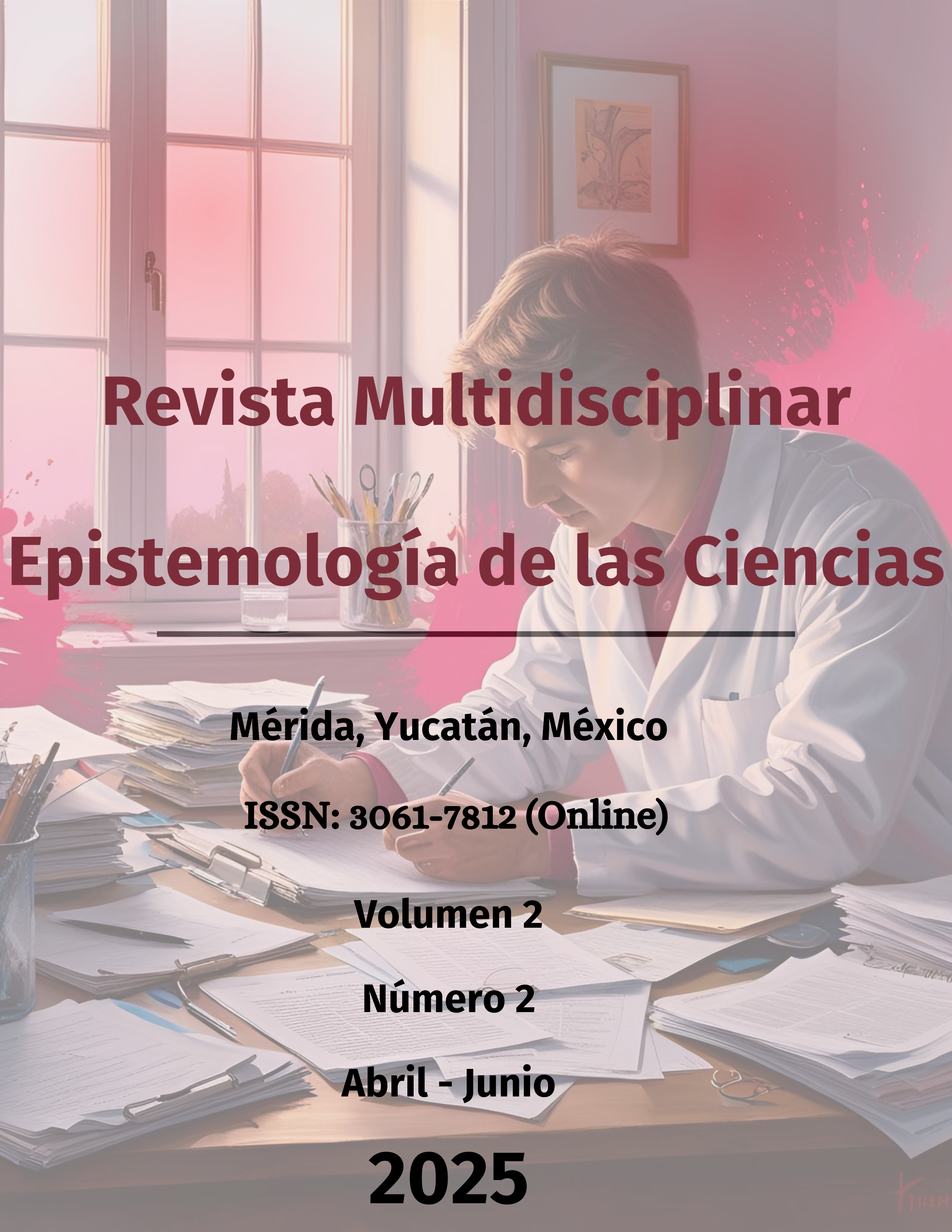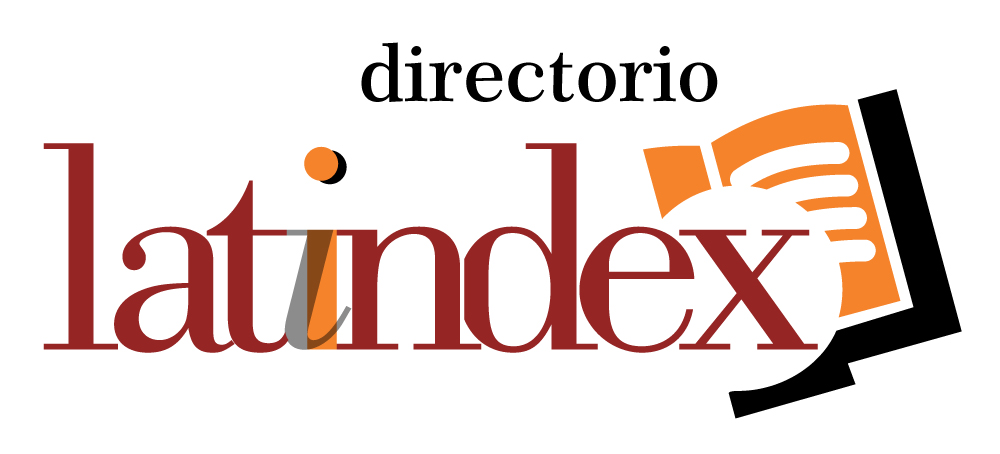La relación entre la identidad y el acento en los estudiantes de inglés como lengua extranjera
DOI:
https://doi.org/10.71112/fsaznb94Palabras clave:
relación, identidad cultura, acento, inglés, aprendices de inglés como lengua extranjeraResumen
Se realizó una investigación cuanti-cualitativa en la Pontificia Universidad Católica del Ecuador, Sede Esmeraldas para conocer la relación entre la identidad cultural y el acento en los estudiantes de inglés como lengua extranjera de la Carreara de Pedagogía de los Idiomas Nacionales y Extranjeros, los métodos utilizados fueron análisis y síntesis y la Hermenéutica y las técnicas de encuesta, lectura y entrevista. La investigación fue desde septiembre de 2024 a marzo de 2025.Se realizó una encuesta a 20 estudiantes, esta reveló que la identidad cultural tiene un gran impacto en el rendimiento de estudiantes cuando aprenden un segundo idioma. En las lecturas presentadas se reveló que estos tenían problemas en la producción del habla debido a su acento natural y forma de hablar. Existe una relación entre la identidad cultural y el acento en habla en inglés, por lo que necesitan una buena pronunciación, acento si quieren ser entendidos.
Descargas
Referencias
Apte, M. (1994). Language in sociocultural context. In Asher (Ed.), The Encyclopedia of Language and Linguistics (Vol. 4, pp. 2000-2010). Oxford: Pergamon Press.
Aspen Technology. (2025, Febrero Lunes). knowledge center. Retrieved from Pyrolysis of High-Density Polyethylene: https://knowledgecenter.aspentech.com/item/kb/kA04P0000008NhtSAE?idx=7&AT_EPReference=Aspen%20Plus&AT_EVReference=14
Aydemir, A. (2013). The relationship between cultural identity and accent.
Becker, C. (1995). The etiology of foreign accent. Towards a phonological component of identity (Doctoral dissertation). Southern Illinois University of Carbondale.
Benet-Martínez, V., & Haritatos, J. (2005). Bicultural Identity Integration (BII): Components and Psychological Antecedents. Journal of personalities, 1015-1050. DOI: https://doi.org/10.1111/j.1467-6494.2005.00337.x
Benet-Martínez, V., & Karakitapoglu, Z. (2003). The interplay of cultural values and personality in predicting life satisfaction: A Comparison between Asian Americans and European Americans. Journal of Cross-Cultural Psychology, 34(1), 38-60. DOI: https://doi.org/10.1177/0022022102239154
Berry, J. (2003). Conceptual Approaches to acculturation. In O. Chun (Ed.), Acculturation: Advances in theory, measurement and applied research (pp. 17-37). Washington: American Psychological Association. DOI: https://doi.org/10.1037/10472-004
Brown, D. (1986). Learning a second culture. In Valdes (Ed.), Culture bound: Bridging the cultural gap in language teaching. (pp. 33-48). Cambridge University Press.
Brown, D. (2001). Teaching by principles. In An Interactive approach to language pedagogy. New York: AW Longman.
Buteau, M. (1970). Students' errors and the learning of French as a second language a pilot study. 8(2), 133-146. DOI: https://doi.org/10.1515/iral.1970.8.2.133
Cabassa, L. (2003). Measuring acculturation: Where we are and where we need to go. Hispanic Journal of Behavioral Sciences, 127-146. DOI: https://doi.org/10.1177/0739986303025002001
Cantero, F. (1994). Serena, F. J. C. (1994). La cuestión del acento en la enseñanza de lenguas. In Problemas y métodos en la enseñanza del español como lengua extranjera: actas del IV Congreso Internacional de ASELE. 247-256.
Cantero, F. (2003). Fonética y didáctica de la pronunciación. In Didáctica de la lengua y la literatura (pp. 545-572). Madrid: Prentice,Hall.
Coltheart, M., Curtis, Atkins, & Haller. (1993). Models of reading aloud: Dual-route and parallel-distributed-processing approaches (Vol. 100(4)). DOI: https://doi.org/10.1037//0033-295X.100.4.589
Cortés, M. (2002). Didáctica de la prosodia del español: la acentuación y la entonación. Madrid: Edinumen.
Cummis, J. (2000). Language, power and pedagogy: Bilingual children in the crossfire. Clevedon: Multilingual Matters. DOI: https://doi.org/10.21832/9781853596773
Dauer. (1993). Accurate English: A complete course in pronunciation. 770.
Deng, N. (2005). On the National Literature's Tactics in the Globalization's Language Environment. Journal of Human Institute of Humanities, 39-41.
Flege, J. (1988). The production and perception of foreign language speech sounds. In Winitz (Ed.), Human Communication and its Disorders (pp. 224-401).
Gatbonton, E., Trofimovich, P., & Magid, M. (2005). Learner's ethnic group affiliation and L2 pronunciation accuracy: A sociolinguistics investigation (Vol. 39(3)). TESOL Quarterly. DOI: https://doi.org/10.2307/3588491
Gil, A., Vega, W., & DIMAS, J. (1994). Acculturative stress and personal adjustment among Hispanic adolescent boys. Journal of community psychology, 22(1), 43-54. DOI: https://doi.org/10.1002/1520-6629(199401)22:1<43::AID-JCOP2290220106>3.0.CO;2-T
Glushko, R. (1979). The organization and activation of orthographic knowledge in reading aloud. Journal of experimental psychology, 674. DOI: https://doi.org/10.1037//0096-1523.5.4.674
Grant, L. (2001). Well said. Boston: Heinle & Heinle.
Hinkel, E. (2006). Current Perspectives on teaching the four skills (Vol. 40(1)). TESOL Quarterly. DOI: https://doi.org/10.2307/40264513
Jenkins, J. (2000). The phonology of English as an International language. Oxford University Press.
Kim, L. (2003). Multiple identities in a multicultural world: A Malaysian perspective. Journal of Language, identity and Education, 137-58. DOI: https://doi.org/10.1207/S15327701JLIE0203_1
Manan, A., & Shamsudin, S. (2012). Comparing form four Malay and Chinese students' spoken english. The English Teacher.
Matsumoto, D. (1996). Culture and psychology. Pacific Grove: Brooks/Cole.
Mena, F., & Maldonado, M. (1987). Acculturative stress and specific coping strategies among immigrant and later generation college students. Hispanic Journal of Behavioral Sciences, 207-225. DOI: https://doi.org/10.1177/07399863870092006
Mohammed, A. (2019). The impact of culture on English language learning in Arab world.
Moyer. (2007). Do language attitudes determine accent? A study of bilinguals in the USA. Journal of Multilingual and Multicultural Development, 502-518. DOI: https://doi.org/10.2167/jmmd514.0
Nelson. (2004). Beyond straight grammar: using lesbian/gay themes to explore cultural meanings. (N. &. Pavlenko, Ed.)
Norton, B., & Toohey, K. (2004). Critical pedagogies and language learning. Ernst Klett Sprachen. DOI: https://doi.org/10.1017/CBO9781139524834
Ochs, E. (1996). Linguistic Resources for Socializing Humanity. In I. J. S.Levinson, Rethinking Relativity (pp. 407-437). Cambridge: Cambridge University Press.
Ortega, L. (2003). SLA for the 21st century: Disciplinary progress, transdisciplinary relevance, and the bi/ multilingual turn. In Language Learning (pp. 1-24).
Otlowski, M. (1998). Pronunciation: What are the expectations. The internet TESL journal, 115-129.
Prator, C., & Robinett, B. (1985). Manual of American English pronunciation. Univ of California Press.
Pretelt. (2016). Cultural identity in bilingual school. Zona Próxima, 24, 13-27.
Richards. (1971). Error analysis and second language strategies. In English Language Teaching (pp. 115-135).
Rodríguez, A. (2009, Abril 2). Gestiopolis. Retrieved from https://www.gestiopolis.com/que-es-la-identidad/
Roohul, A. (1989). Outline of Culture. Atar Press.
Rosson, M. (1985). The interaction of pronunciation rules and lexical representations in reading aloud. In Memory and Cognition (pp. 90-99). DOI: https://doi.org/10.3758/BF03198448
Saldana, D. (1994). Acculturative stress: Minority status and distress. Hispanic Journal of Behavioral Sciences, 116-128. DOI: https://doi.org/10.1177/07399863940162002
Saussure, F. (1974). Course in General Linguistics. Boston, New Work: Philosophical.
Seidlhofer. (2001). Pronunciation. In C. a. Nunan (Ed.), The Cambridge guide teaching English to speakers of other languages (pp. 56-65). Cambridge: CUP. DOI: https://doi.org/10.1017/CBO9780511667206.009
Sifakis, N., & Sougari, A. (2005). Pronunciation issues and EIL pedagogy in the periphery: A survey of Greek state school teachers' beliefs (Vol. 39(3)). Tesol Quarterly. DOI: https://doi.org/10.2307/3588490
Smith, J., Meyers, C., & Burkhalter, A. (1992). Communicate: Strategies for international teaching assistants. Englewood Cliffs: Prentice Hall Regents.
Spencer-Oatey, H. (2008). Cuturally Speaking. In Culture,Communication and Politeness Theory (Second ed.). Bloomsury Publishing.
Ting, Mahadhir, M., & Chang. (2011). Fluency in spoken English and use of English by university students.
Weisman, E. (2001). Bicultural identity and language attitudes: Perspective of four Latina teachers (Vol. 36(2)). Urban Education. DOI: https://doi.org/10.1177/0042085901362004
Williams, A. (1999). Communication Accommodation theory and miscommunication: Issues of awareness and communication dilemmas. International Journal of Applied Linguistics, 151-165. DOI: https://doi.org/10.1111/j.1473-4192.1999.tb00169.x
Descargas
Publicado
Número
Sección
Licencia
Derechos de autor 2025 Revista Multidisciplinar Epistemología de las Ciencias

Esta obra está bajo una licencia internacional Creative Commons Atribución 4.0.








